Can rice really dry your phone when it falls into water?
All around you, there is no shortage of myths and conspiracy theories. The Bermuda Triangle remains one of the biggest unsolved mysteries to date. And Atlantis? Let’s hope Plato returns with more clues to figure that out. Today, let's focus on debunking some of the myths surrounding mobile phones.
18. Phones/Gadgets interfere with plane systems.
This issue has raised a lot of debate, and what we can tell you is that it is true. Although operating a single phone on an aircraft won’t be a reason to worry, however, when there are multiple phone users, their collective effort will disrupt the plane’s flight system. And well, down goes Jack.
17. Never use plastic-based smartphones.
As with every product, there are those that customers favor above the others, but they all have their flaws. Smartphones made from plastic most times are cheaper, lighter, and better at receiving network signals. So, there's really no reason why you shouldn't use them.
16. Charge your battery only after draining it completely.
This is false. Batteries in circulation about 10 years ago required a total drain of power before they should be fully charged so that they can last longer. However, LiAh batteries will wear down faster if you do this. Your best bet is to ensure your battery stays between 30% - 90%.
15. Use a Hairdryer to dry your phone.
Please, do not try this. Kill that thought right now. While it is technically correct that an hairdryer can dry your phone, in reality, it will overheat your phone. Or don't you know that phones aren’t made to enjoy a day out on the beach like we humans?
14. Use rice instead to dry your phone.
This should be one of the most propagated lies about drying wet phones on the internet. Of course, throwing your wet phone in a bag of uncooked rice will absorb the moisture on the phone. However, it will only dry the outer part of your phone. What’s worse, rice contains starch, and this can get trapped in the cracks on your phone, causing bigger damage.
13. A screen protector is an extra cost you can do without.

You really don’t need that protector for your phone’s screen. If you are using a first-generation touchscreen smartphone, then you can be worried about getting a phone screen to prevent scratches and crack. Today’s phones, however, are safe, except from rocks and sands.
12. Charging overnight is bad for your phone.
If you’re using a phone from the early 2000s and before, then charging overnight should be a worry for you and your battery’s safety. If not, and you're using a recent smartphone, you’re safe. Recent smartphone batteries are also smart entities. They cut off the flow of current once it is detected that your phone's battery is fully charged.
11. Close background apps and save battery.
A larger percentage of people will guess this is true. However, it is far from that. When you close an app and reopen it, it only consumes more power. Also, note that shutting down a phone also consumes more power. You should rather stick to minimizing your apps.
10. More megapixels = Better photos.

Do you need this spelled out? It’s false, of course. A better photo isn’t judged by the number of pixels crammed onto your phone. The real determinant is how well your phone can use the number of pixels it has. For comparison, think of Google Pixel 3 and an Android smartphone with the same camera pixel. You get it, right? The megapixel on the camera isn't what matters most.
9. Keep your phone far away from your credit card.
Are you wondering why anyone would think this as a problem? Well, it is believed that when your smartphone is close to your credit card, it can be demagnetized and have all your card information lost or stolen. In truth, your smartphone has magnets, but it isn’t strong enough to do what they claim it can do or has done. There’s just no proof.
8. 5G, 4G consumes more data than 3G.

Why would anyone think that? Basically, all 4G does is to load the same amount of data as 3G, but only at a faster speed. The same thing can be said of 5G. All that changes is your download speed. What then suffers? Your battery, of course. The higher the speed, the more battery it would consume.
7. A fast charger can damage your phone.

Hmm! Could this be true? Of course not. There are claims that a fast charger overworks your battery and kills it in no time. But there is no evidence to support these claims. A fast charger will give you the same amount of juice in less than half the time of a regular charger. However, once your battery charges to an extent, usually at 60 - 70%, the charging speed slows down, and your phone begins to charge at an average speed. The only real worry you have with this is heat, but really, what phone doesn’t heat up at least once in a day?
6. Smartphones produce radiation.
This one is true. Your smartphone emits electromagnetic radiation, one that is totally safe for humans. You’d need to get thousands of phones concentrating their radiation to you before you can feel the barest impact of smartphones’ electromagnetic radiation.
5. It is dangerous to use your smartphone while charging.
So much has gone into this argument. What else do we expect when it's a matter of life and death. However, you can totally use your smartphone while it is charging. All you should be concerned about is that your phone will charge slower.
4. Switch to Airplane Mode and charge faster.
In airplane mode, your phone isn’t doing the arduous task of connecting to and disconnecting from cell network towers. This is definitely noticeable when you’re charging a cellphone because it saves you about 10 minutes in charging time.
3. Without your SIM card, you can't be tracked.
Are you trying to hide from someone? So you remove your SIM card from your phone as you've seen it done many times in the movies. I’m sorry to disappoint you, but as long as you’re using that phone, it can be tracked using GPS.
2. Only use your phone's original charger.
The only people who stand to benefit from this propaganda are the smartphone companies. You must have seen people talk about the inferior quality of third-party chargers, but most third-party chargers have gone through rigorous testings. Most times, the original chargers are the ones that will break and get faulty a few months after you buy them. In fact, any good third-party charging cable has a higher probability of lasting longer than your original cable. One third-party charger that has better quality than any original charger you may have bought is VOLTA Spark, a singular magnetic charging solution.
1. Automatic brightness saves your battery.
Of course, when you dim your brightness, you will save battery. However, using automatic brightness means your phone has to do extra work to figure out when to increase brightness and when to reduce it. This ultimately takes down the battery rather than help to conserve it.
Well, there you have some myths and truths about smartphones. Let us know what myths you've heard about phones.
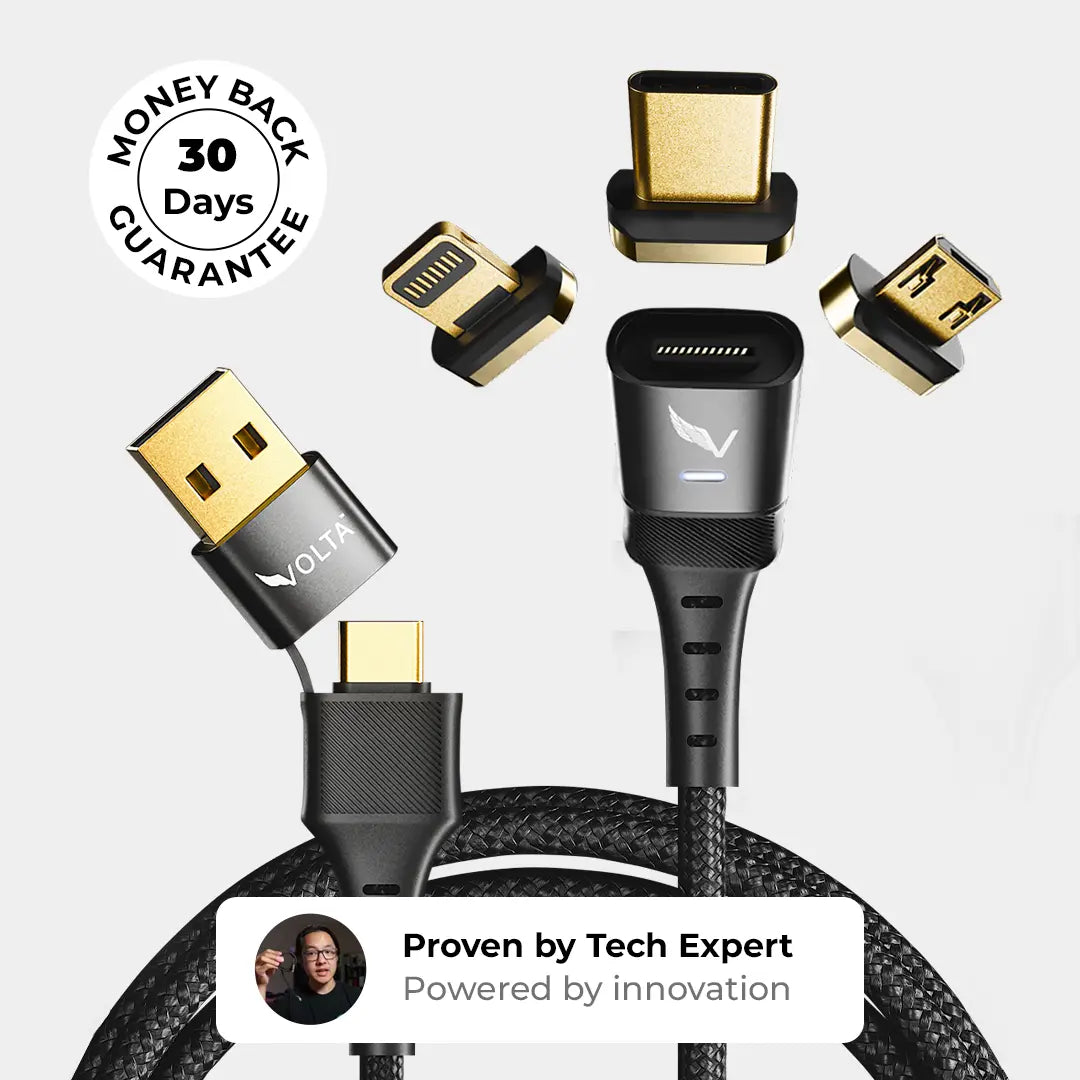
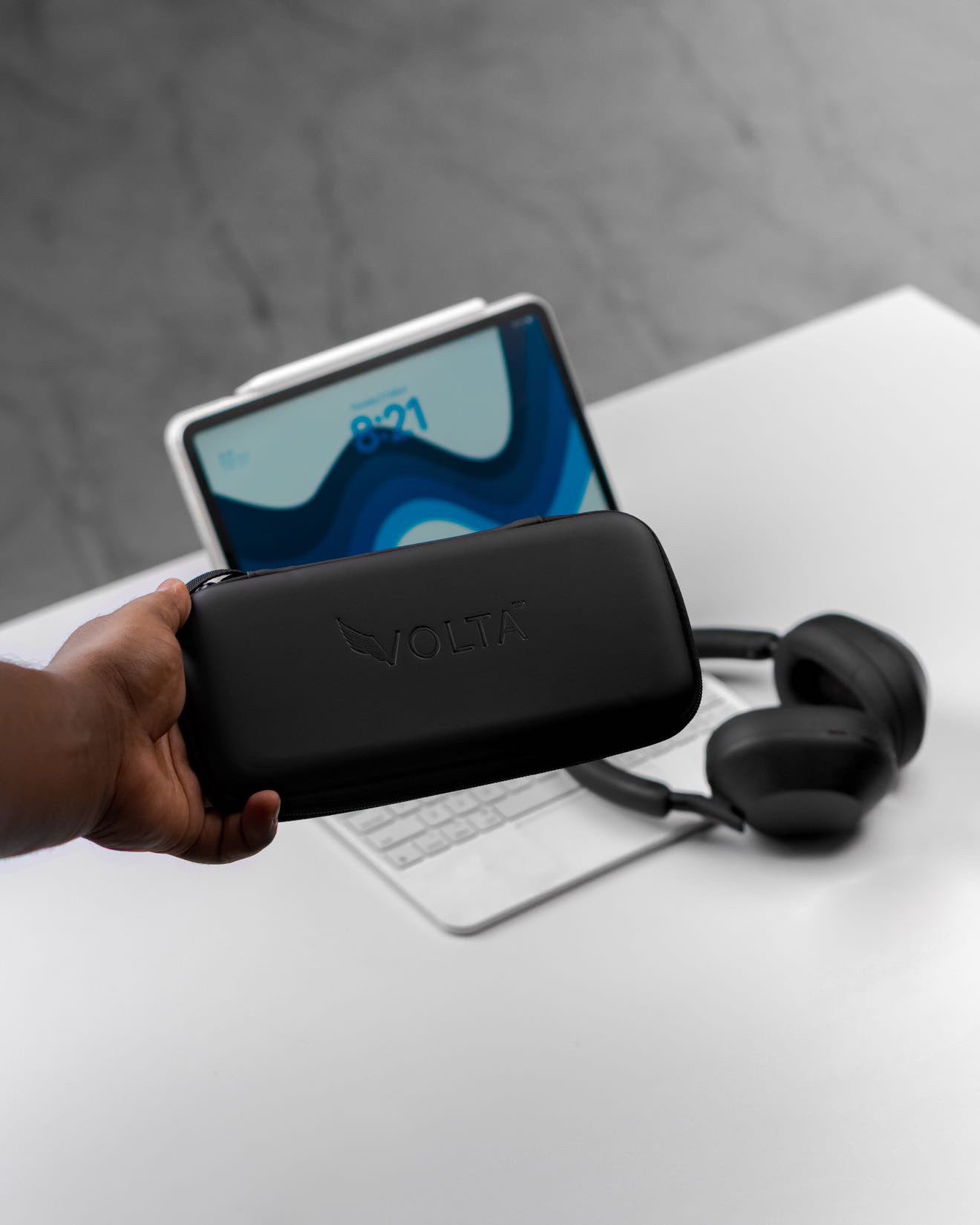
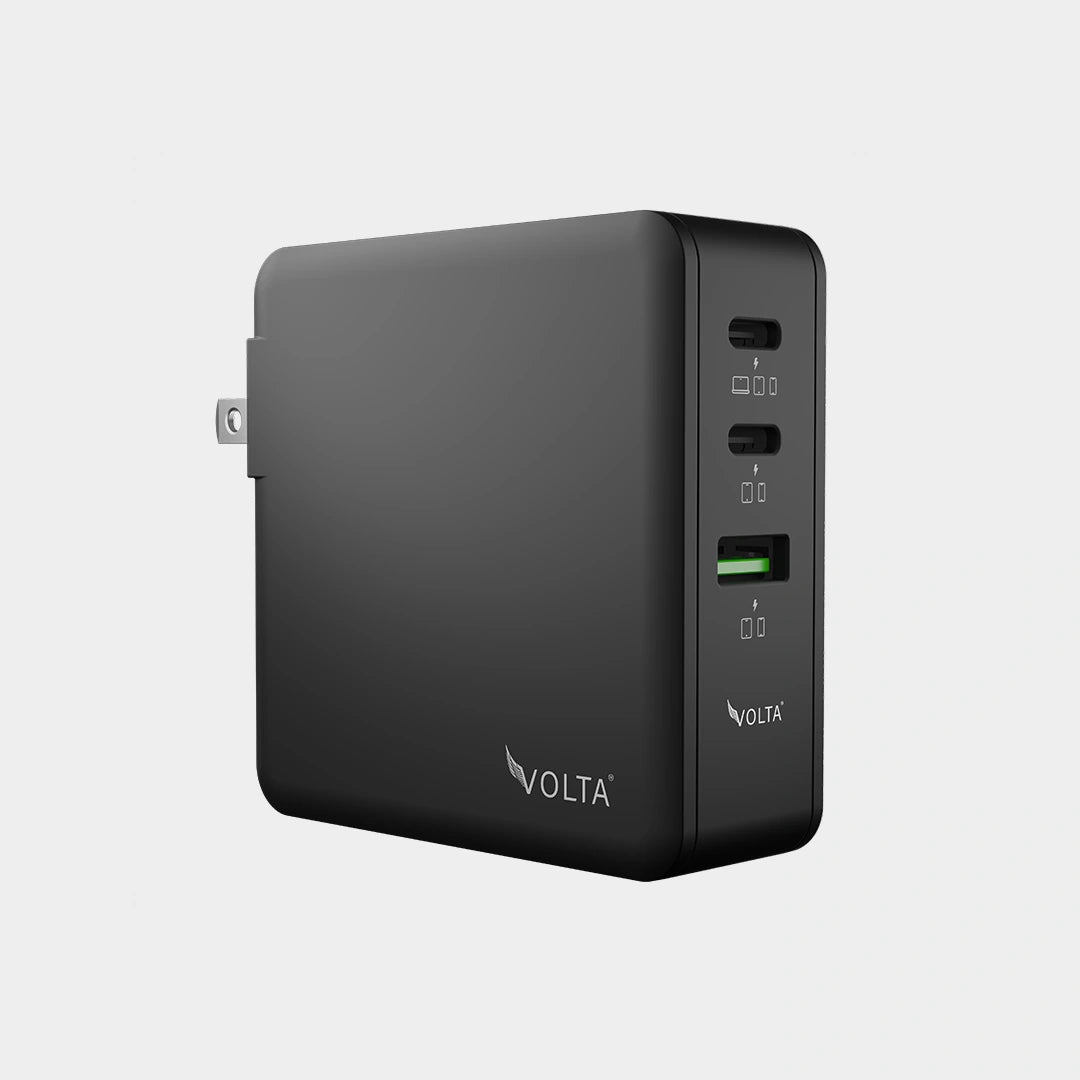
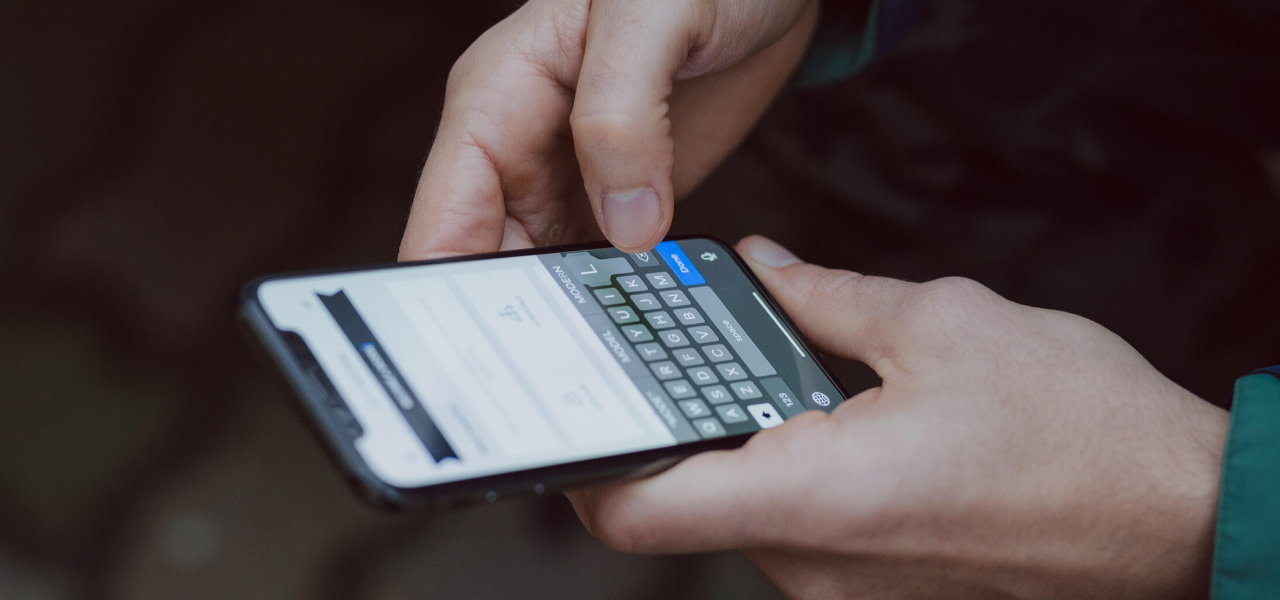
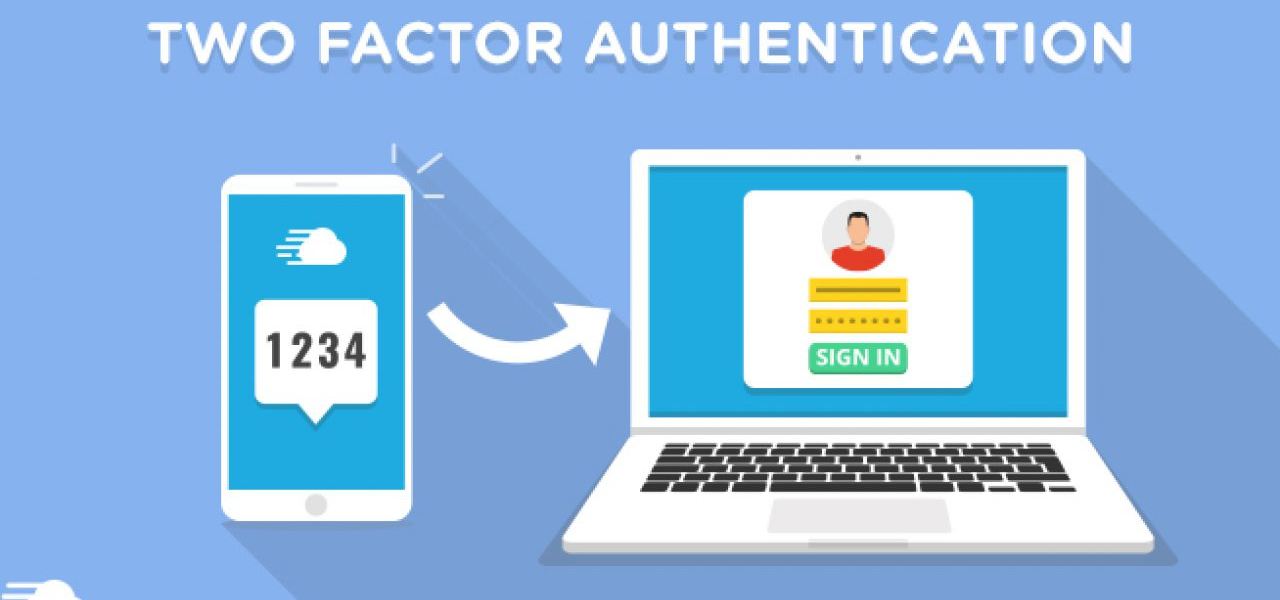

Leave a comment
This site is protected by hCaptcha and the hCaptcha Privacy Policy and Terms of Service apply.